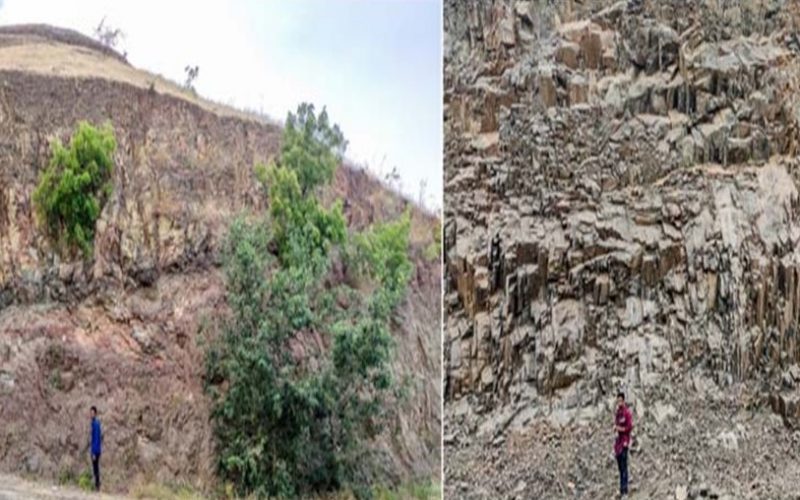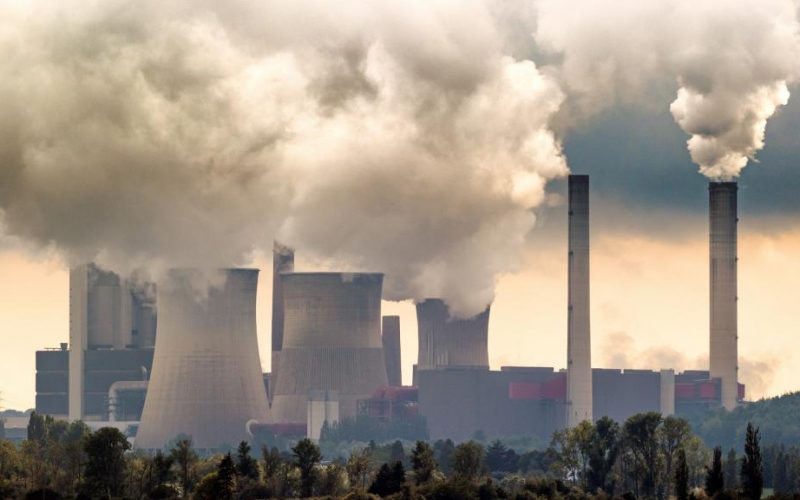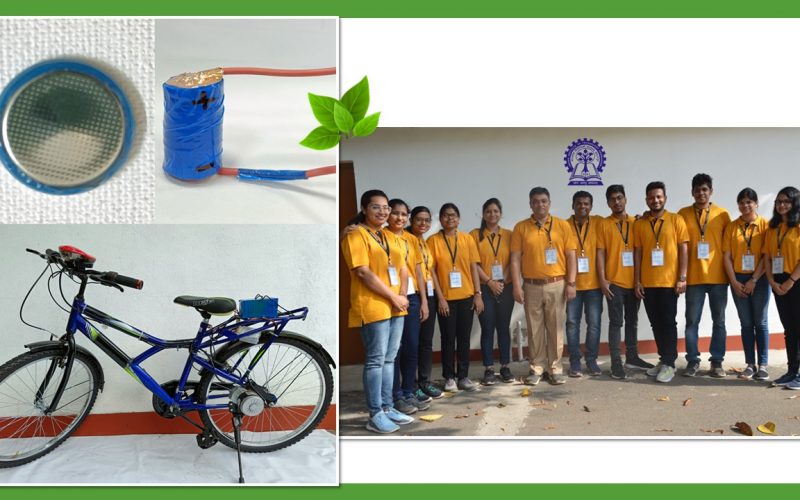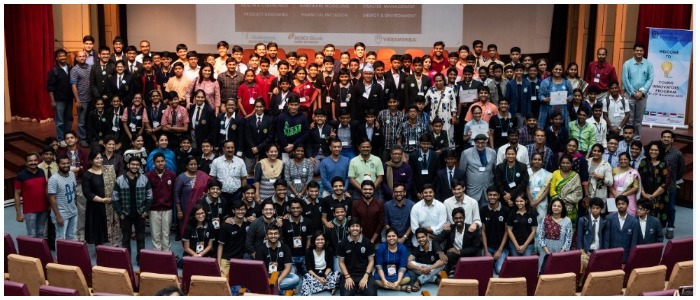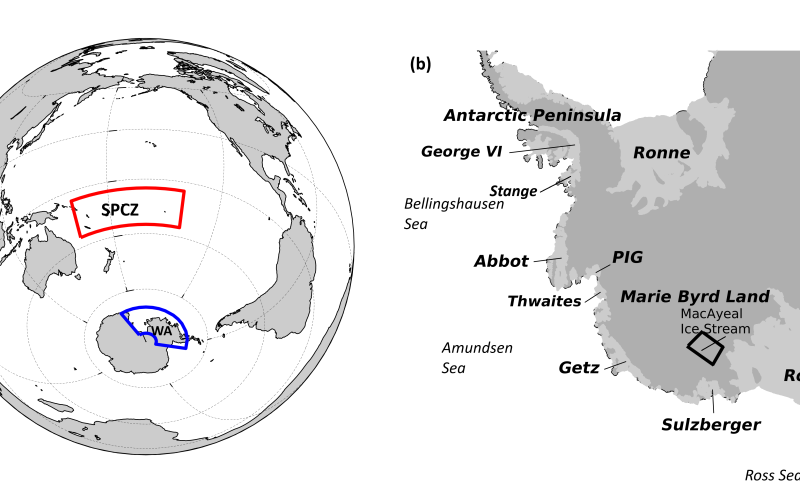
Tropical Shifts Fuel Enhanced Melting of West Antarctic Ice Shelves
Groundbreaking research sheds light on atmospheric changes behind accelerated melting, with implications for global sea-level rise A recent study published in Communications Earth & Environment reveals significant findings regarding the rapid increase in surface melting across West Antarctic ice shelves over the last two decades. Led by Prof. Pranab Deb, Centre for Ocean, River, Atmosphere and Land Sciences (CORAL) at IIT Kharagpur and co-authored by leading atmospheric scientists including David Bromwich from the Byrd Center's Polar Meteorology Group, the study offers fresh insights into the atmospheric drivers behind these dramatic shifts in Antarctic ice behavior. a. Pacific Ocean sector of…

